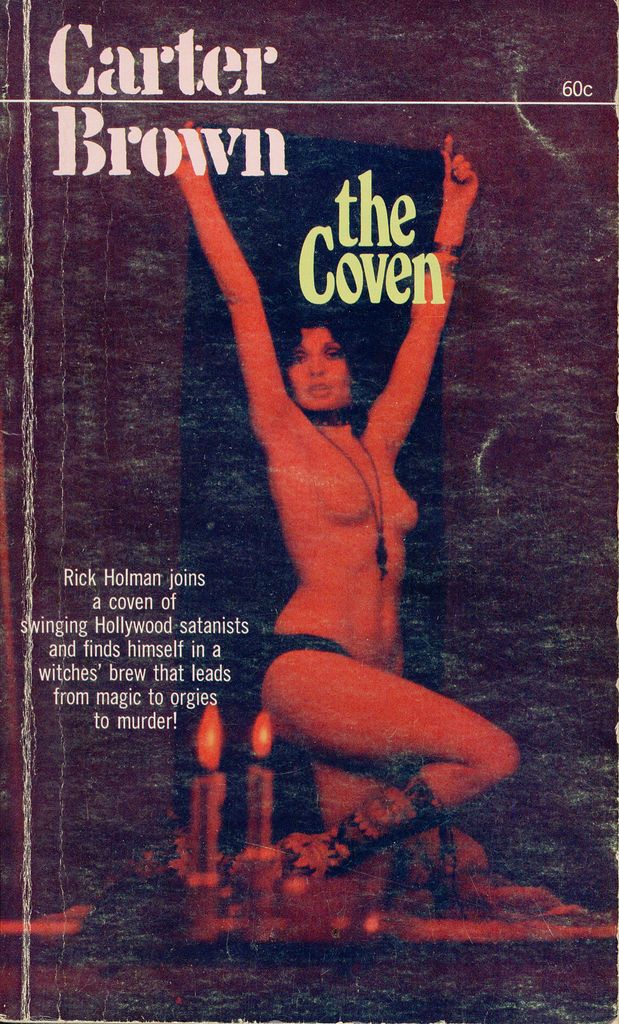Way out west lives an oilman, Mike Hanlon, who manages prolonged
success with a thriving hotel despite a debilitating injury that left him in a
wheelchair. However, his aged years and wealthy heritage didn’t prevent him
from marrying a trophy wife, twenty years his junior, named Joyce. The Hanlon
Hotel resides in the jurisdiction of Sherriff Lou Ford, a questionably wealthy
officer of the law who by all appearances lives on the grift. Enter the
ex-convict drifter, Bugs McKenna, with an uncanny knack for being unable to
stay out of trouble, who the Sheriff convinces to apply for the job of the hotel
detective, and in turn, convinces Mike Hanlon to hire him. Bugs suspects the
crooked Sheriff is up to no good and using an ex-convict as his patsy. Gather
these elements together and you will find that the novel is the perfect recipe
for criminal mischief.
Bugs McKenna begins his job as the hotel dick at the Hanlon
Hotel trying to second-guess the motivations behind his employment. All signs
point to Sheriff Ford and Joyce Hanlon working in conjunction to dispose of
Mike Hanlon, so Joyce and Sheriff Ford can profit on Joyce’s inheritance and
have a fall guy to take the wrap. Despite the obviousness of Ford’s
motivations, Mike Hanlon’s motivations seem quite murky. Why does Mike Hanlon
decide to trust McKenna? Does his boss realize that a plot is forming around
his demise? It isn’t long before other trouble begins to brew at the hotel when
$5000 goes missing from the books. The head accountant encourages Bugs to lean
on the new accountant in order to save his own job.

Jim Thompson succeeds in taking the conventions of the crime story such as murder, blackmail, grifting, and double crosses and throws each one for a loop. I believe that Thompson’s goal is to keep the reader guessing at every turn and allow enough evidence to sustain a logical assumption of the direction of the story only to deliberately steer it onto a different track. Thompson’s personal sense of humor also matches the streak of black humor that runs throughout the story. For example, my favorite is the death of the hotel accountant, who’s accused in a subplot of stealing $5000, picks a fight with Bugs McKenna and accidentally flies out a window when Bugs dodges his lunge. Our anti-hero Bugs, is the embodiment of Murphy’s Law, if something can go wrong, it goes wrong and in quite a slapstick sort of way.
If it’s discovered that Bugs was in the accountant’s room, his unsavory reputation will jeopardize his safe position at the hotel. This causes him to panic and destroy evidence only later to realize that he couldn’t have been the only other person in the room. Suicide is ruled but quickly changed to murder as evidence of intoxicants in the accountant’s bloodstream turn up in an autopsy. The accountant would have died anyway, despite falling from the window. The Sheriff suspects a female as the culprit, as drugs, according to the Sheriff, are “a female’s weapon of choice.” Even after Bugs establishes his alibi away from the scene of the crime, a blackmailer emerges and puts the heat on him to pay $5000 or risk exposure as a suspect.
The novel takes another turn into quasi-detective fiction. McKenna, who’s hired as the hotel detective despite having no experience as a detective or in law enforcement, must solve the mystery of who is blackmailing him and, in turn, the murderer. The novel could easily fit into an amateur detective sub-genre, but it continues to morph and change styles. I don’t want give away all the twists and turns, but reading it is like listening to a great progressive rock album that shifts sounds and rhythms at will but always manages to impress at the skill of playing.
Wild Town doesn’t sit easily within any confined description of the crime sub-genres. It is all of those things at once and that’s what makes it so damned entertaining. Published in 1957, Wild Town rests comfortably between the more recognized publications of The Killer Inside Me, After Dark,My Sweet, and later publications such as The Getaway and Pop. 1280. I understand that Thompson’s recognition came only after his death, but it makes me question what the public considered great crime fiction at the time. As I’ve read several of his other works, I’m convinced that Thompson was an author that could always invert the crime genre and revitalize it.

